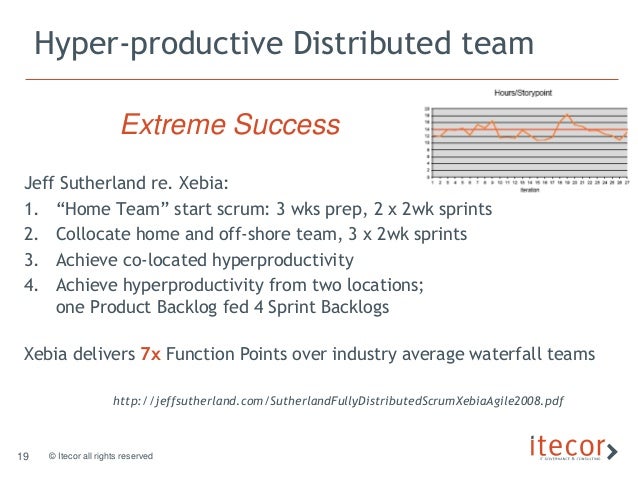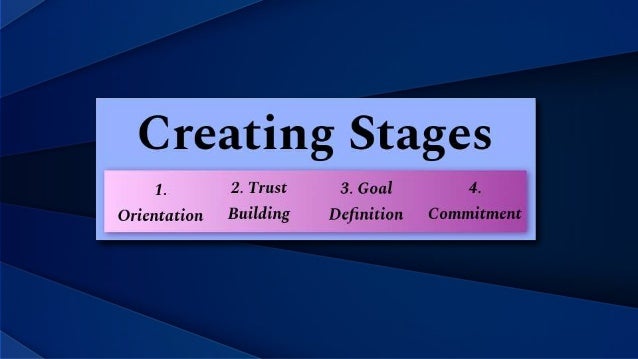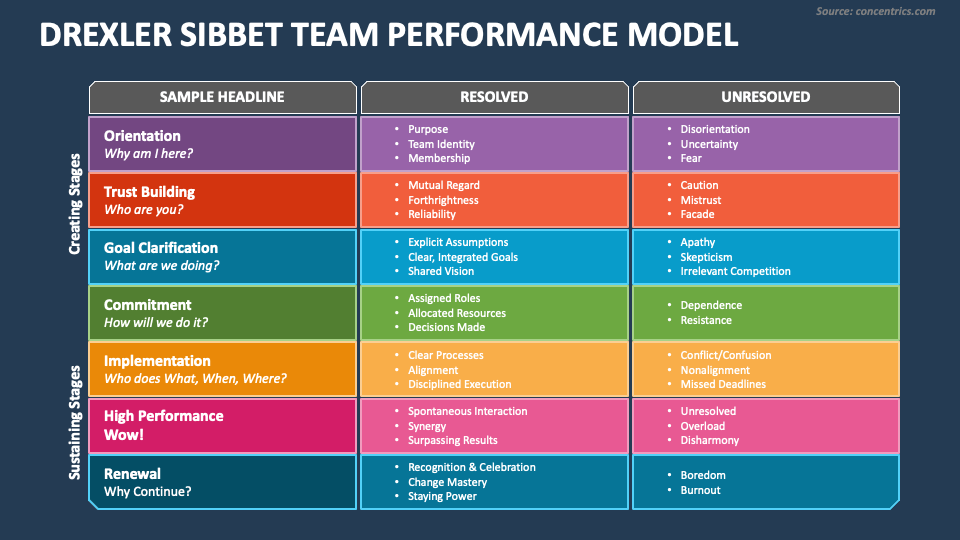
Use this to identify the stages that a project team will go through and the key questions you need to ask at each stage.

If you need something done quickly and to a precise standard then an autocratic and authoritarian approach may be required. You could use Blake and Mouton’s Questionnaire to do this.Īs circumstances change, analyze the situation and identify which management approach will be most effective in the new situation.īe prepared to vary your style of management depending on circumstances. Identify which team management style you prefer.

Likert’s categories clearly run from a highly task-oriented team management style to a highly people-oriented management style.

Everyone has absolute confidence in everyone else. Rewards and punishments are not necessary as the team assumes full responsibility for getting things done. Participative: The manager encourages free and open communication throughout the team. Communication is mostly top-down but there are signs of cautious bottom-up streams of communication. Although there is discussion on key issues there is little doubt as to who has the final say.

Communication upwards is censored.Ĭonsultative: The manager has significant but not complete confidence in the team. Communication is top down.īenevolent-authoritative: The manager is condescending towards the team therefore team members are very reluctant to offer ideas or suggestions. LIKERT’S MANAGEMENT STYLES:Įxploitive-autocratic: The manager has little or no trust in team members and therefore decisions are imposed with minimal consultation. The four styles run from autocratic despot to a first-among-equals approach to management and have clear links with style leadership. Rensis Likert identified four styles to describe the role, responsibilities and relationships that managers have with their team.


 0 kommentar(er)
0 kommentar(er)
